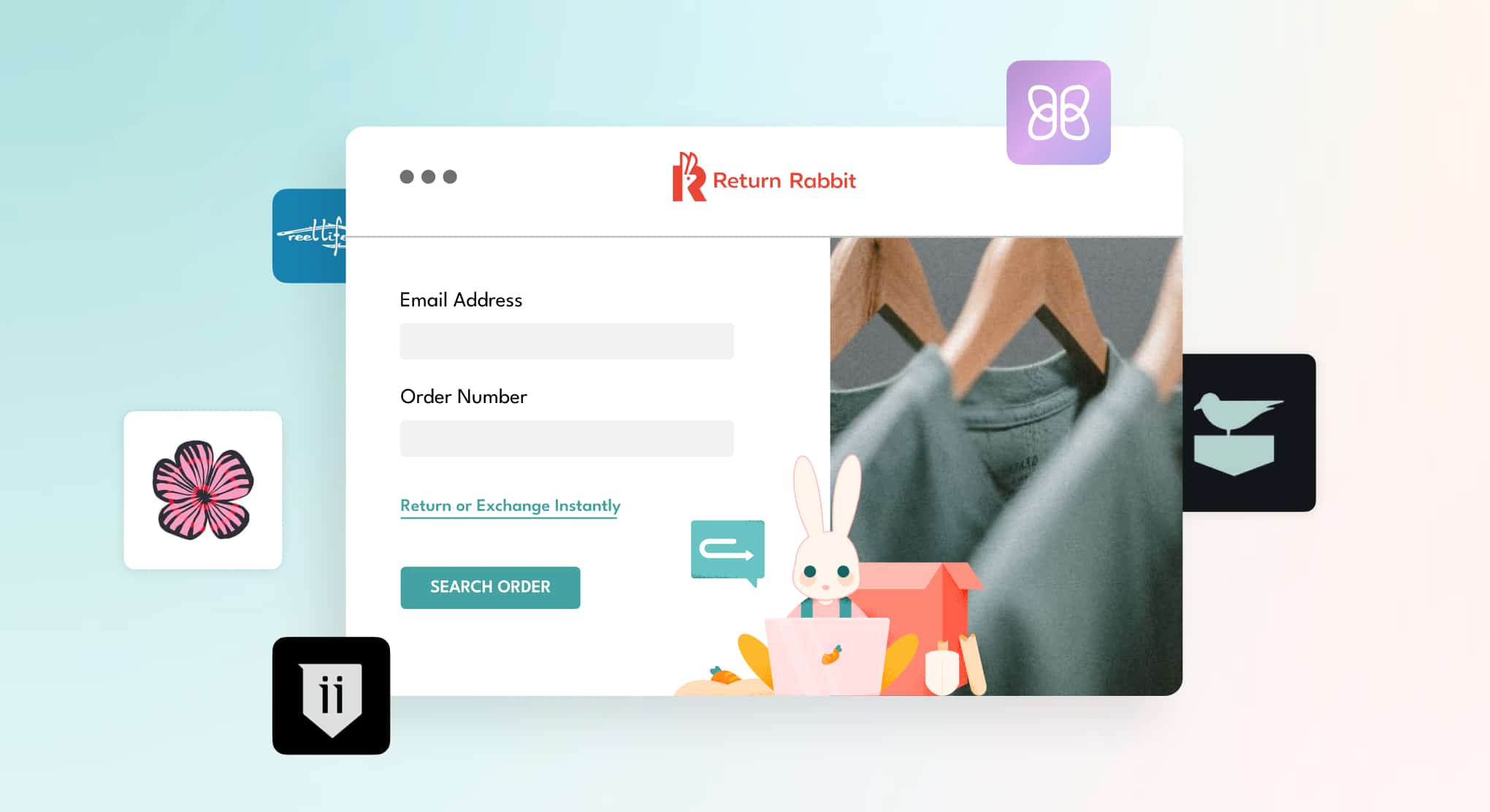Shopify is a hub of the latest and greatest technologies for small-to-medium businesses that are disrupting the ecommerce industry. Returns management and automation tools are quickly becoming a popular choice for brands wanting to cut costs while also providing stellar customer experiences.
Returns automation is revolutionizing the post-purchase experience. Returns management is often the most costly and intricate process of the ecommerce chain. Manually approving returns and restocking items requires extensive human labor, meaning more time and money invested in a ‘cost-suck’ adventure.
To make returns a profitable avenue, brands today are implementing automated returns management processes to increase efficiency, lower operating costs, and improve the customer experience. Let’s take a close look at ecommerce returns automation, why your brand should automate the returns process, and how you can get started.
What is ecommerce returns automation?
Returns automation is a set of systematic processes that minimize the need for human involvement in returns management, decreasing manual, repetitive tasks and optimizing returns operations.
Many growing businesses have a manual returns process to start and rely on the customer support team to field many of the return requests and approvals. But manual returns are slow for both the customer and the brand.
On the back end of a manual process, support teams need to take the time to evaluate and approve returns, restock, and notify the customer of the status of their return. This means that customers have to wait for longer periods of time waiting for a refund or exchange of an item they don’t want anymore. At the end of the day, a manual returns process is frustrating for everyone involved—and it’s costly for your business.
We think the choice to implement an automated returns process is a no-brainer, but let’s go down the rabbit hole and look at the benefits in detail.
Benefits of Automating the Returns Process
With the costs of shipping and materials skyrocketing, brands need to take a closer look at how they can keep the same level of quality, without sacrificing service or profit. To do so, retailers are shifting towards an automated platform for their returns management.
The benefits of automating your returns are endless, but there are 4 that stick out the most:
- Save money on reverse logistics: According to an Auctane study, retailers spend around $33 per return, including postage fees, processing, repackaging, item depreciation, and labor. And at the end of the day, most product returns end up in a landfill, which hurts both the environment and your business’s bottom line. Automation can help you determine whether a product should be returned to your warehouse, or if it’s better for your customer to keep the item instead.
- Improve the customer experience: Automated returns management makes the return process faster and more convenient for your customers. Returns are a critical part of the customer experience and can be the deciding factor whether or not they will choose to shop with your brand again. A hassle-free, painless process shows that you value their time and business, which fosters loyalty and trust with your customers.
- Reduce customer support tickets: If your customer support team is constantly bogged down with return requests, implementing an automated returns system can free up your support team to tackle higher-priority tickets (without sacrificing service).
- Gather valuable data about returns: An automated returns management software can uncover valuable data and insights about your customers and their returns. Get to the bottom of why your products are being returned and how to improve them to decrease your return rate and boost revenue.
To sum it up, returns automation can increase operational efficiency, reduce overhead costs, and improve the customer experience.
6 Ways Shopify Brands Are Automating Returns
Shopify businesses need to be smart about how they automate returns management. Ideally, 100% of returns should be automated, but that may not be the best option for your business. Here are 6 ways you can automate your returns management processes:
- Email customers: Send automated return email notifications to inform your customers of the status of their return. Notify customers when their return is received at the warehouse and when a refund or exchange has been initiated.
- Return approvals and rejections: Automate your return criteria to avoid manual tasks and customer support. With return automation rules, retailers can automatically approve or reject a refund or set up an exchange,
- Generate return labels: Integrate shipping carriers within your RMS to automatically generate a pre-paid returns label when your customer requests a return. Your customer can either print out the label or show a QR to the carrier to process their return.
- Instant refunds: If a product is damaged or defective, brands can automatically refund a customer.
- Inventory updates: If something is out of stock or in low inventory, return automation can instantly notify the customer as they navigate the return and exchange process.
- Return policies: Input the details of your return policy within the RMS so they can be enforced automatically. For example, if you have a 30-day return window, your return management system will automatically approve or decline a return based on the time period.
A Returns Solution Worth Hopping About
Today’s consumers prioritize convenience, speed, and personalization throughout the post-purchase experience. By using a returns management software that can automate the returns process, your business can retain more customers, reduce manual labor, cut costs, accelerate the return experience, and tap into insightful returns data to improve your products.
Ready to hop on the returns revolution? Learn more about how Return Rabbit can transform your returns process from a cost-center to a revenue-driving machine. Get a demo here.




